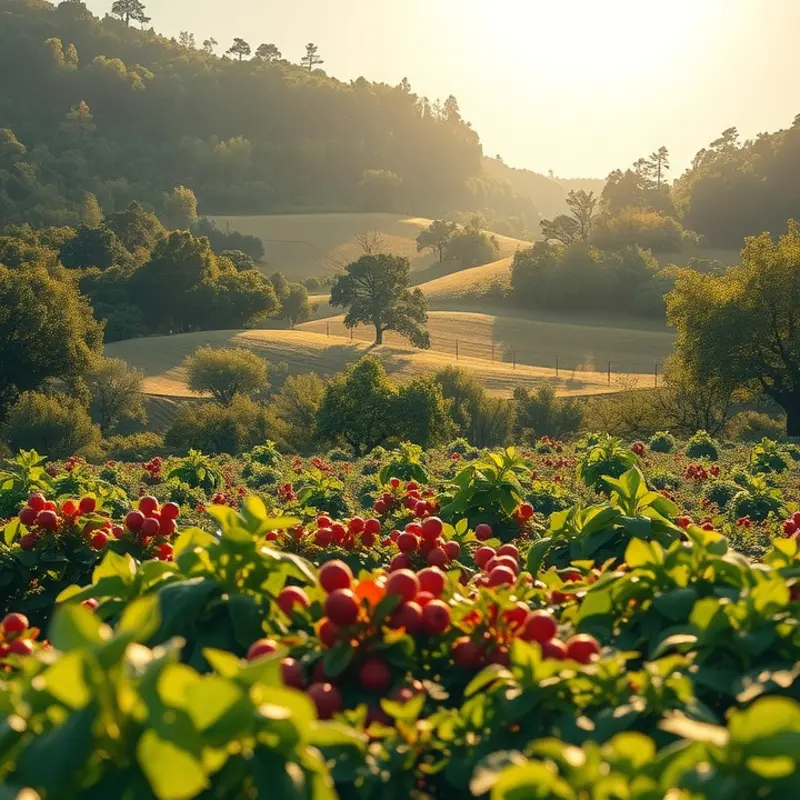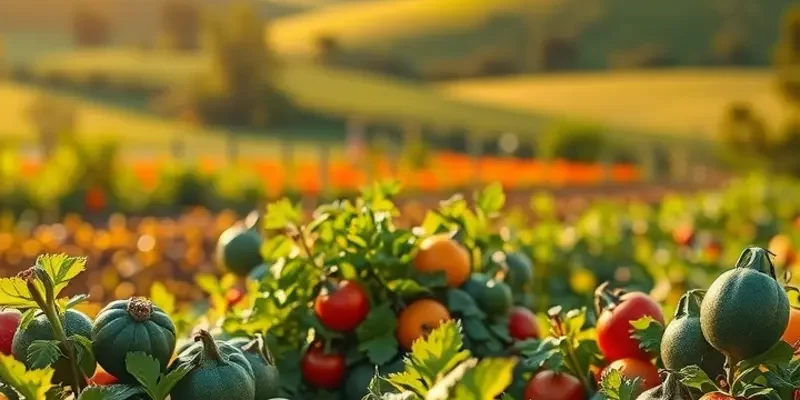Picnics are perfect opportunities to enjoy good food outdoors. However, ensuring the safety of your food is essential for a carefree experience. Proper handling, storage, and management of food not only minimize waste but also protect your health and that of your loved ones. With the right tips, you can handle your picnic food safely, savor every moment, and focus on fun instead of food safety worries.
Preparing Food Safely

Before embarking on your outdoor adventure, ensuring that your food preparation processes prioritize safety is essential. Start by meticulously washing all your fruits and vegetables. Use cold running water and a brush for thicker-skinned produce. Avoid using detergents or soaps, as they can leave residues harmful to health.
When it comes to marinating, always do this task while the food is refrigerated, and not at room temperature. If you’re marinating meats, poultry, or seafood, use a food-grade container that won’t react with the acids in your marinade. Marinades that have been in contact with raw meat should not be reused on cooked foods unless they have been boiled first.
Packing your picnic foods with care is imperative. Invest in quality, airtight containers designed for on-the-go meals. These containers not only keep your food fresh but also prevent any cross-contamination. As you pack, consider using a separate cooler for drinks and perishable foods. Opening the cooler frequently can raise the temperature, which might spoil perishable items.
Before sealing your picnic basket, pack foods that need to remain cold with a plentiful supply of ice packs or gel packs. Use a thermometer to ensure that cold food remains below 40°F. Similarly, hot foods should be kept above 140°F. Preheat an insulated container with boiling water, then, once emptied, quickly put in the hot food. This will maintain the temperature longer.
For dishes like salads, it’s wise to pack dressings separately and mix them just before serving. This prevents the greens from wilting and ensures freshness when it’s time to eat. Also, consider portioning meals in advance; this minimizes the number of utensils and surfaces required, reducing the potential for contamination.
Selecting foods with less spoilage risk for your picnic is a smart move. Make use of whole fruits, dried goods, and hard cheeses. Embrace minimal-prep strategies for your picnic, similar to the methods discussed here.
Lastly, when transporting your picnic supplies, store your cooler in the shaded part of your vehicle, away from the cabinet that gets the most sunlight. This step is often overlooked, yet it can greatly impact the internal temperature of your cooler.
By taking these careful precautions during preparation, you help ensure that your picnic is not only delicious but also safe for everyone to enjoy. Make these practices a habit, and your picnic experiences will become both delightful and worry-free.
Storing and Transporting Food

Picnicking is one of the most enjoyable outdoor activities, combining good food with the great outdoors. However, the success of a picnic often hinges on maintaining the freshness and safety of the food you bring along. Below are some practical methods to store and transport your picnic foods, ensuring they remain delicious and safe from start to finish.
Proper Cooling Is Key
One of the primary concerns with food meant for picnicking is keeping it at a safe temperature. Cold foods should remain cold to prevent bacterial growth, ideally held below 40°F (4°C). Invest in a reliable insulated cooler, and use frozen gel packs or ice to maintain low temperatures. A smart tip is to pack your cooler with foods that have already been chilled.
Layering can also play a vital role. Place heavier, dense items on the bottom and lighter items at the top. This not only makes retrieval easier but also ensures the cooler stays cold longer as cold air sinks. If your picnic involves multiple coolers, consider dedicating one to cold beverages and another to perishable foods.
Smart Packing Techniques
Packing efficiently not only maximizes space but also helps maintain food safety. Use airtight containers to prevent contamination and leakage. This is particularly important when bringing sauces or other liquids. For more insights on keeping your sauces safe, you might find this resource helpful.
When packing sandwiches or fresh produce, wrap them in wax paper instead of plastic. This allows them to breathe slightly and keeps them from getting soggy. For salads, consider keeping dressings separate until you’re ready to eat.
Considerate Food Timing
Food safety is not just about temperature; it’s about time, too. Foods shouldn’t be left out for more than two hours (or one hour if the temperature is above 90°F/32°C). This is crucial for cold, perishable goods like dairy products, meats, and seafood. Packing a food thermometer can be very useful to ensure that items such as cooked meats are still within safe temperature ranges before you consume them.
Adequate Cleanliness
Don’t underestimate the importance of cleanliness in preventing foodborne illness. Pack sanitary wipes or an alcohol-based hand sanitizer to clean hands before eating, especially when there’s no access to running water. A clean cutting board or surface for preparing or serving foods can further minimize cross-contamination risks.
Throughout your picnic adventure, remember that careful planning and preparation will support your efforts to enjoy both the meal and the setting. By following these storage and transportation tips, you can ensure that your picnic foods remain enticing and safe for the entire duration. As you continue reading, you’ll find more tips and strategies for making your outdoor dining experience both delightful and secure.
Final words
Understanding safe food handling for picnics is vital for an enjoyable and worry-free outdoor experience. By prioritizing food safety during preparation, storage, and transportation, you can avoid foodborne illnesses while also reducing waste. Planning is key; ensure your picnic basket is stocked with clean, fresh ingredients and that foods requiring refrigeration are kept cold. With these simple yet effective tips, every picnic can be a delicious, memorable event without health concerns lurking in the background. So pack up your favorites and hit the great outdoors, knowing that you’ve prioritized both safety and enjoyment.







